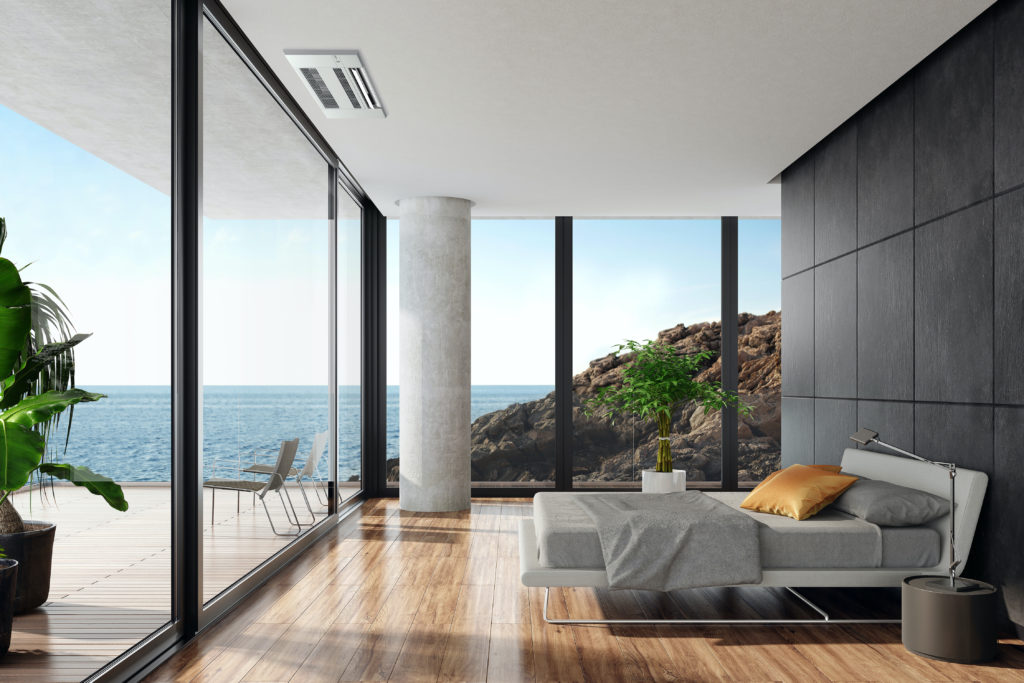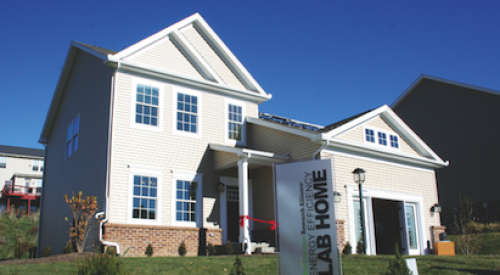The foundation of energy efficiency in a high-performance home is a design where interdependent parts result in lower loads, than in code-level homes. Lower loads mean less energy needed for operation of mechanical equipment to heat and cool.
After ensuring the home is positioned to benefit from solar exposure, builders consider the building envelope — inclusive of foundation, walls, windows, doors, ceiling and the roof — which must resist thermal transfer and air leakage. Heat transfers through homes via conduction, convection or radiation. Heat transfer must be lessened to avoid overburdening a home’s heating and cooling system, causing an uncomfortable atmosphere and high utility costs.
To ensure less thermal transfer, builders may adopt best practices such as using 24-inch spacing for studs rather than the standard 16-inch framing; this choice allows for more insulation between the studs and less total studs to transfer energy. Builders might also install outboard insulation outside of the wall to decrease thermal bridging. The rate of heat flow through a wall assembly is measured in U-value. When installing cladding, builders might use nonconductive clips to improve the U-value of wall assemblies.
To improve air tightness, builders apply smart sheathing, with advanced joint-sealing techniques such as tapes or sealants. Improved air tightness prevents unconditioned air from entering the house which improves air quality and lowers heating and cooling loads. ACH50 stands for “air changes per hour at 50 pascals” and quantifies the number of times the air volume of a home changes within an hour at 50 pascals of pressure. The typical existing home may be as high as 15 ACH50 while code-level homes may be designed with a blower-door measurement for air leakage of 3 ACH50. This is considerably lower and because of this, the house will behave very differently. You can then take air infiltration to the next and most stringent level, which would be the Passive House requirement of .6 air changes per hour. This is extremely tight and requires special attention to the mechanical system and ventilation to ensure optimal indoor environmental quality.
All of these design and construction choices are essential to producing a relatively airtight, highly-insulated thermal envelope, which lowers loads, improves energy efficiency, and are foundational for the other characteristics of high-performance homes. The insulated building envelope, when engineered to control the flow of heat and the movement of air, is an obvious contributor to thermal comfort and also increases occupant comfort by reducing sound transmission.
While lower loads have reduced cooling and heating requirements, builders must now match these modern high-performance building envelopes with more sophisticated HVAC systems. Traditional systems with large central air handlers delivering large volumes of conditioned air through long duct runs invite a range of challenges that are unsuitable for high-performance homes.












